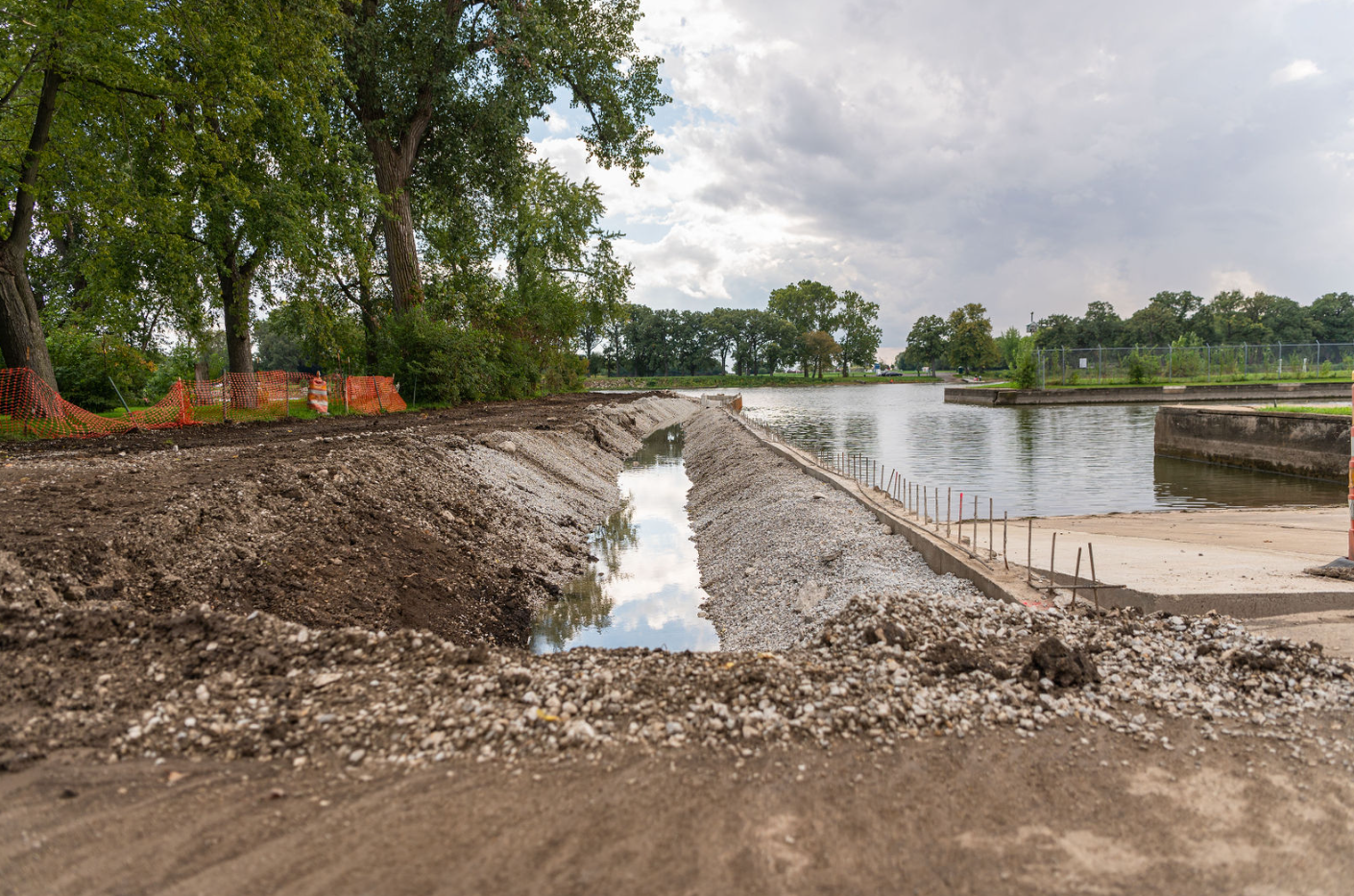
Understanding Stormwater Management
Stormwater management is a critical aspect of civil engineering that focuses on controlling and managing surface runoff resulting from rain or snowmelt. Without proper management, stormwater can overwhelm natural and man-made systems, leading to flooding, erosion, water pollution, and infrastructure damage. Effective stormwater management not only prevents these issues but also promotes environmental sustainability by enhancing groundwater recharge and protecting ecosystems.
Why Stormwater Management Matters
- Flood Prevention: Effective stormwater management systems prevent localized flooding by collecting, storing, and safely releasing runoff. This is especially important in urbanized areas where impervious surfaces, like roads and buildings, reduce natural infiltration.
- Water Quality Protection: Runoff often carries pollutants such as oils, chemicals, sediments, and debris. Implementing stormwater best management practices (BMPs) such as filtration systems, bioretention areas, and vegetated swales can significantly reduce contaminants entering water bodies.
- Erosion Control: Uncontrolled runoff can erode soil, destabilize slopes, and degrade stream banks. Properly designed stormwater systems help to mitigate these effects through flow control and erosion-resistant design features.
- Environmental Protection: Effective stormwater management helps preserve aquatic ecosystems by reducing pollutants, regulating water temperatures, and maintaining natural hydrology.
- Regulatory Compliance: Adhering to federal, state, and local regulations related to stormwater discharge is essential to avoid legal penalties and ensure environmentally responsible development.
Common Stormwater Management Solutions
- Retention and Detention Ponds: These systems collect runoff and release it gradually to minimize peak discharge rates. Retention ponds maintain a permanent water pool, enhancing groundwater recharge and providing habitat for wildlife.
- Green Infrastructure: Innovative solutions like rain gardens, permeable pavements, bioswales, and green roofs are designed to mimic natural hydrology, allowing for infiltration, filtration, and evapotranspiration.
- Storm Sewers and Drainage Systems: Engineered networks of pipes, culverts, and channels that transport runoff away from developed areas to prevent flooding.
- Infiltration Basins and Trenches: Structures designed to allow water to percolate into the ground, replenishing groundwater supplies.
- Rainwater Harvesting Systems: Collecting and storing rainwater for non-potable uses such as irrigation, reducing overall demand on municipal water supplies.
What Is Floodplain Planning?
Floodplain planning involves the identification, assessment, and management of areas at risk of flooding. Floodplains are low-lying areas adjacent to rivers, streams, lakes, or coastlines that naturally experience periodic inundation. Responsible floodplain planning ensures that development activities are conducted in ways that minimize flood risk, protect property, and safeguard human lives.

Why Floodplain Planning Is Important
- Safety: Identifying flood-prone areas and implementing preventive measures reduces the risk of property damage, injury, and loss of life.
- Compliance: Local, state, and federal regulations often require adherence to specific guidelines when developing in or near floodplains. This includes FEMA guidelines, the National Flood Insurance Program (NFIP), and local ordinances.
- Sustainable Development: Effective planning encourages responsible land use by restricting construction in high-risk zones, promoting flood-resilient designs, and preserving natural floodplain functions.
- Environmental Benefits: Maintaining natural floodplains enhances water quality, provides wildlife habitat, and supports groundwater recharge.
Key Considerations for Floodplain Planning
- Flood Zone Mapping: Utilizing FEMA Flood Insurance Rate Maps (FIRMs) to identify high-risk areas and determine appropriate building requirements.
- Hydrologic and Hydraulic Analysis: Analyzing water flow, drainage patterns, and flood elevations to accurately assess flood risk.
- Mitigation Measures: Implementing structural and non-structural solutions such as levees, floodwalls, elevated structures, floodproofing techniques, and natural floodplain restoration.
- Emergency Planning: Developing evacuation plans, early warning systems, and disaster response strategies to protect life and property.
Do You Need Stormwater Management or Floodplain Planning?
If you are planning a development project or own property near a water body or within a FEMA-designated floodplain, it is essential to consider stormwater management and floodplain planning. Key questions to ask include:
- Is your property located within a FEMA-designated flood zone or special flood hazard area (SFHA)?
- Are you planning construction, grading, or land alteration that could affect local drainage patterns?
- Are you experiencing frequent water pooling, surface runoff, or erosion issues on your property?
- Are you required to comply with local, state, or federal stormwater and floodplain regulations?
How We Can Help
At Piggush Engineering, we offer comprehensive stormwater management and floodplain planning services tailored to your needs. From site assessments and hydrologic modeling to designing drainage systems and preparing regulatory compliance documentation, we provide end-to-end solutions that protect your property and enhance environmental resilience.
Contact us today to discuss your specific needs and how we can assist you in developing sustainable, compliant, and effective stormwater and floodplain solutions.

